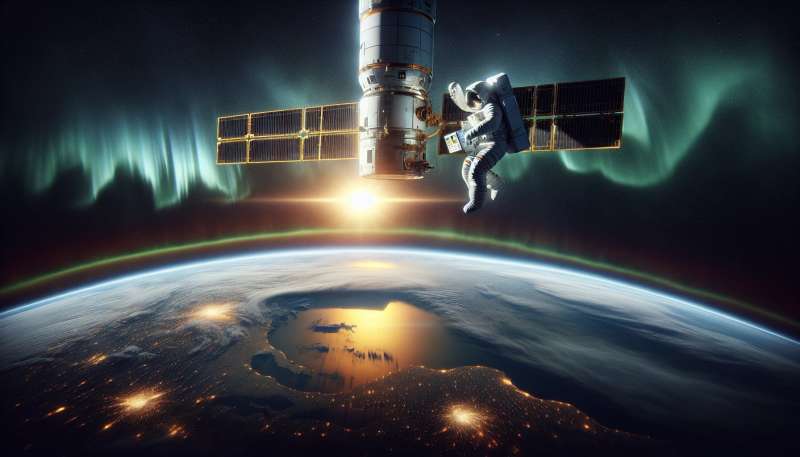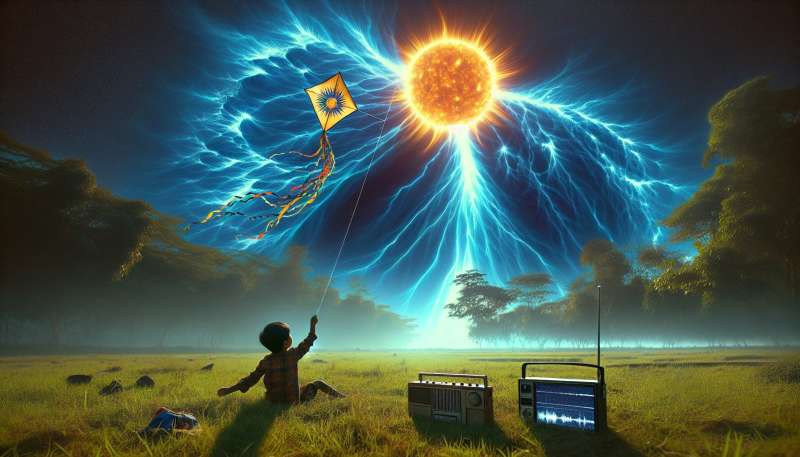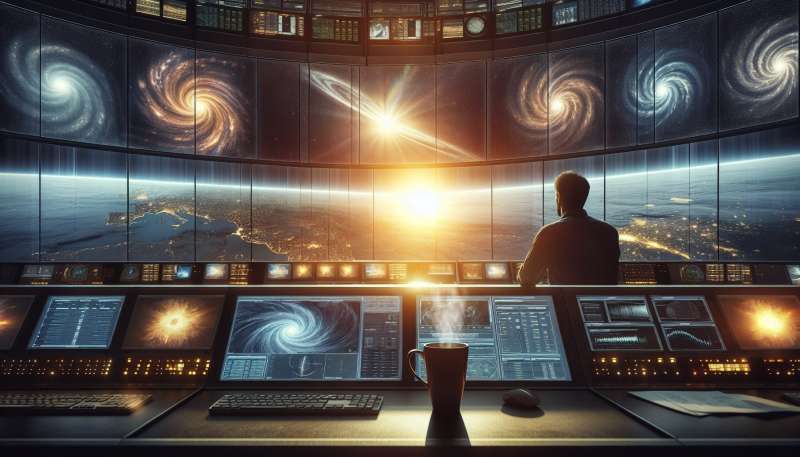
Understanding Space Weather
Space weather involves energetic particles and radiation from the Sun. It affects satellite operations, astronaut safety, and Earth's power grids, potentially causing widespread disruptions.
Solar Flares' Powerful Impact
Solar flares are intense bursts of radiation. The most powerful ones can disrupt radio communications and navigation systems on Earth, even causing complete blackouts.
Coronal Mass Ejections (CMEs)
CMEs are massive bubbles of solar material and magnetic fields. Earth-directed CMEs can trigger geomagnetic storms, endangering astronauts and causing auroras far from poles.
Geomagnetic Storms
These storms, caused by solar wind shock waves hitting Earth's magnetic field, can accelerate wear and tear on satellites and damage power grid transformers.
Auroras: Stunning Side Effect
Auroras, or Northern and Southern Lights, occur when charged solar particles collide with Earth's atmosphere. This mesmerizing display is a benign consequence of space weather.
Protecting Technology
Advanced warning systems for space weather help protect technology. Satellites can be put into 'safe mode' and power grids adjusted in anticipation of solar events.
Space Weather Forecasting
Space weather forecasting is still in infancy compared to Earth weather prediction. However, it's crucial for mitigating risks to technology and health from solar activity.Carrington Event 1859
The 1859 solar storm caused telegraph systems to spark, igniting fires and auroras visible as far south as the Caribbean.
What affects satellite operations and safety?
Lunar gravitational pull
Space weather conditions
Cosmic background radiation
Company